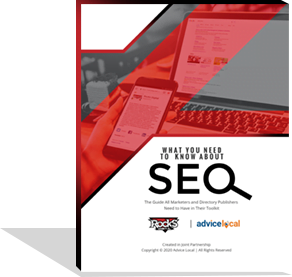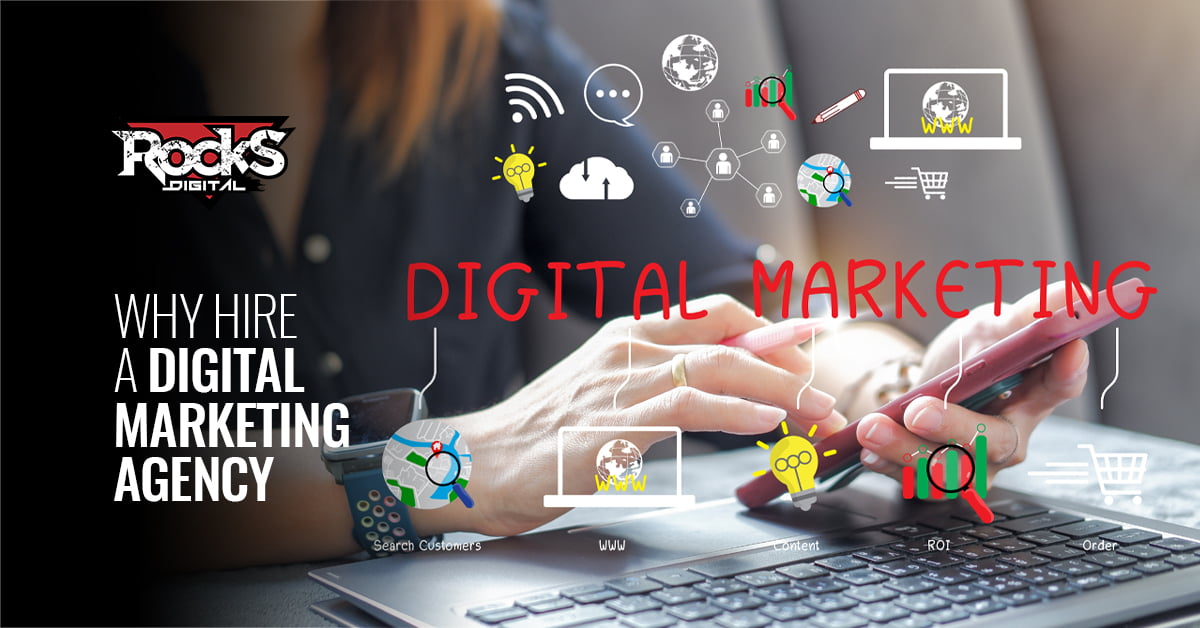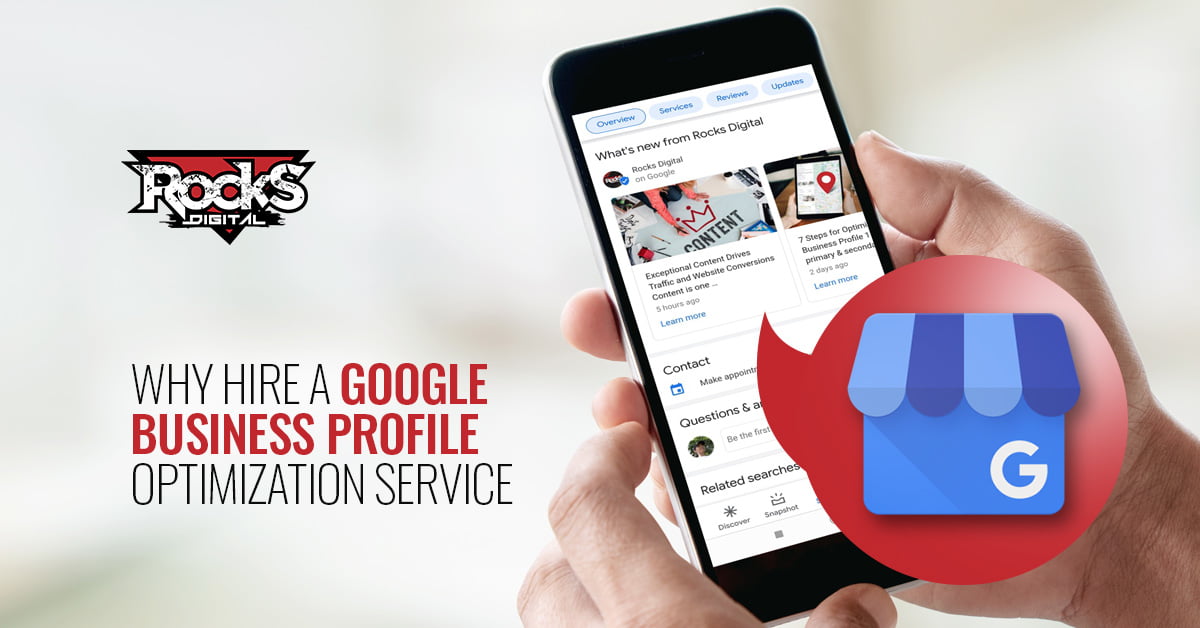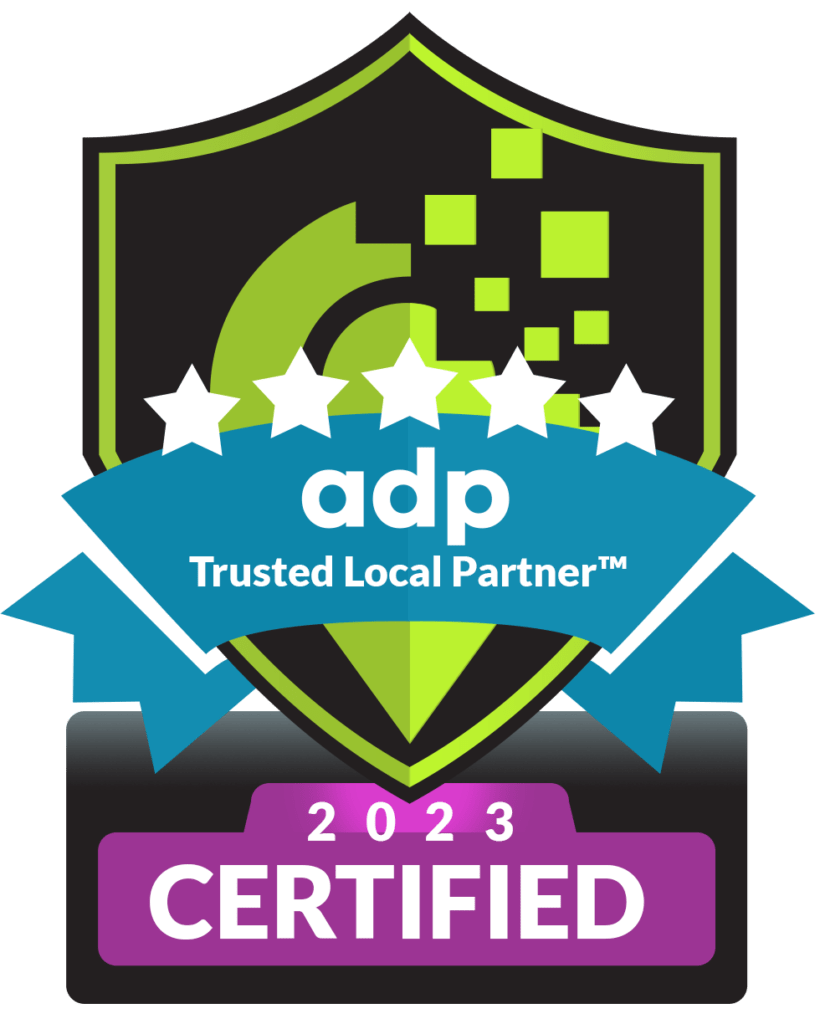
If you have been in business for a while but are not getting any traction despite consistently putting out marketing content, then it’s time to take drastic steps and overhaul your content distribution system and prepare a strategy that works. If you’re new to content distribution, then it is extremely important to understand why just content creation won’t bring you results and what Content Distribution actually is.
A good strategy will get your content to the right audience (customers who will find your content relevant, and who will be drawn to your offerings). When you plan your strategy, begin by taking the following into consideration:
Are the platforms you are using suited for the kind of content you are sharing?
It’s useless to target every platform and counterproductive to focus on platforms that your audience does not typically use.
Is your content being helpful to your customers – or is it just salesy?
If your content is not going to add value to your customers, don’t share it. If you develop a reputation for sharing content that’s not helpful, you will lose your customers’ trust.
Are customers going to click on your content?
If you’re running a B2C business, your customers might find long-form content off putting. A short and easy-to-read blog post (example: ‘listicles’) might be more suitable for such an audience.
On the other hand, B2B customers who are looking for in-depth coverage of topics might not appreciate short-form content and might prefer white papers, detailed infographics, eBooks, and detailed articles and videos.
Are your efforts yielding the results you want?
Your efforts need to be bringing in more leads and should result in more conversions. Use analytics tools to monitor which types of content and platforms give you the best results, and try to replicate these results for all the content you share. It is important to keep track of analytics to modify your strategies accordingly.
Content Distribution Differs for Different Types of Content
Not all content is created equal and one method/platform/tool/channel of distribution will not work for all types of content.
Written Content
Written content is one of the most valuable and effective methods of marketing, especially when the subject matter is current and provides insight to readers.
It’s not enough to publish written content on your blog; you should also share your content on other sites to give your brand more exposure and drive leads back to your website. For example, publishing content on your LinkedIn profile will increase the chances of industry leaders frequenting your website.
Image
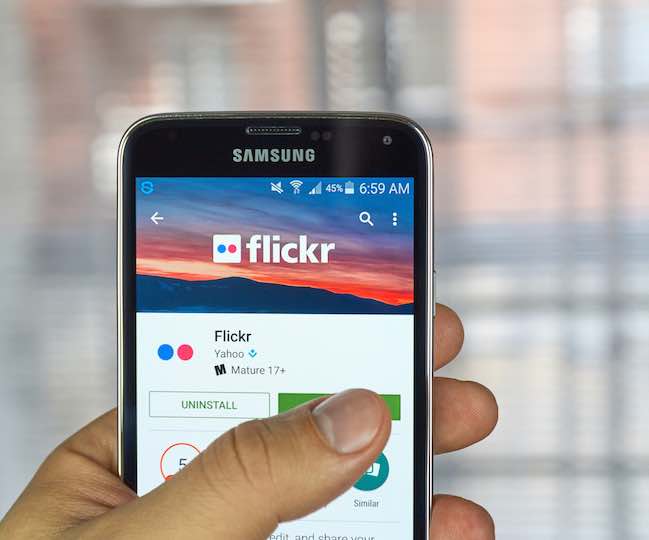
With channels like Flickr, Picasa, and others, there are many ways to attract visibility to your images and photos.
Instagram and Pinterest are some popular social media sites that anyone who’s keen on marketing their brand with visual content should use.
Videos
Videos are self-explanatory and this makes them better than written content or still images. Video offers a great way to provide entertainment, offer expertise, and connect with your audience. Cisco estimates that by 2017, 70 % of internet traffic will come from video.
What’s so great about video is that written content can be repurposed for video and vice versa, thus allowing you to get more mileage with the same content.
You can share videos on platforms like YouTube and Vimeo. Both allow you to create your own channel, customize it, and have it link back to your owned media. Using video content can make you a search engine favorite as well.
How to Build a Perfect Content Distribution Strategy
As already established, without distribution, your content – no matter how creative or ground breaking it is – will go undiscovered. A good content distribution strategy should everything depicted in the infographic:
Content Creation
To create the kind of content that will attract and convert customers – as well as turn them into brand ambassadors:
- Start by identifying your audience. Who are you targeting? Do you understand your audience through buyer personas and are you sure your content will connect with them?
- Set your engagement objective. Once you decide whether you want your audience to share content, download, or view pages, you’ll know the call-to-action that should accompany your messages.
- Produce content that addresses audience needs while meeting your goals. As you produce content, consider whether it’s suited to your audience. Also, keep your platforms vibrant by producing a mix of visual, audio, and written content.
- Optimize your content. Using eye-catching titles, relevant keywords, social share buttons, a highly visible email button that will encourage visitors to subscribe, and a visible call-to action. It’s estimated that 80% of people share content based on title alone, so make sure your titles are the best they can be.
Content Distribution
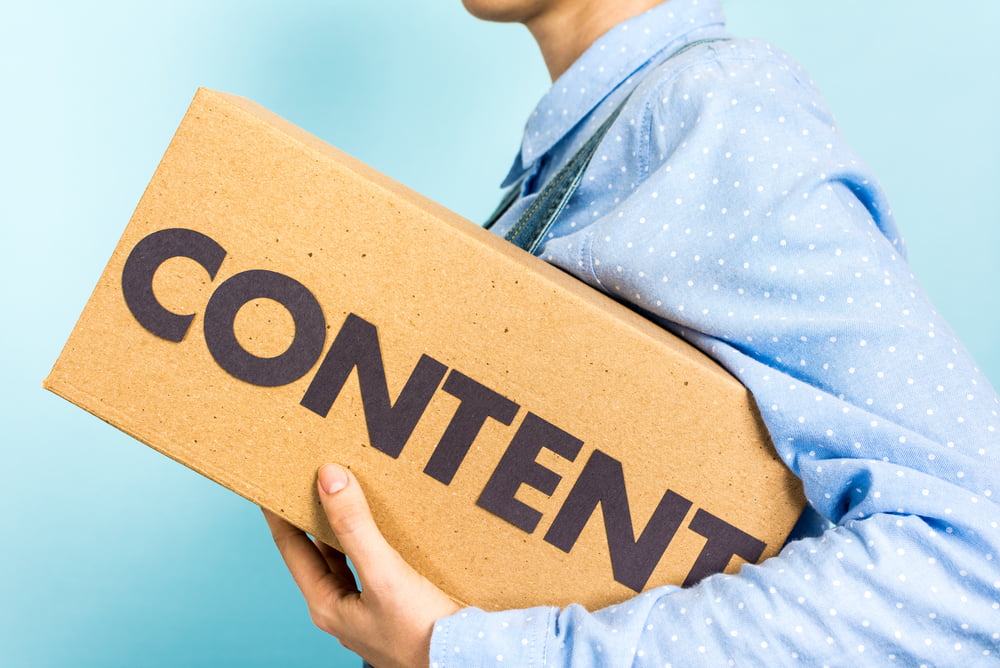
When you have your content ready,
- Create an editorial calendar and stick to it. The more you stick to a schedule, the more search engines will start to ‘notice’ your content, and the more trust you’ll get from your customers.
- Notify your customers via email once you have a new post that will interest them. Use social media platforms like Twitter, Facebook, LinkedIn and Google+ to keep your audience in the loop.
- Identify the content distribution channels you’ll use. Consider the content distribution tools that will be effective in reaching your audience where they are. Also confirm that those platforms support the content format that your audience prefers. You can check this article I compiled for NinjaOutreach on Content Distribution Tools. Keep an eye on your content distribution budget. Only choose channels that will drive your goals within the budget that you have.
- Create a distribution strategy that has a good mix of paid, earned, and owned media as each one serves a different purpose.
- Paid and earned media should point back to your owned media, where you can capture leads and conversions. If you decide that your central platform is a blog, publish your content on it first, then direct all engagement efforts back to it.
- Earned media takes time to create. Start nurturing relationships with influencers; your efforts might not pay off immediately, but by showing interest in your influencers’ work, you will be creating allies you can call on in the future when you want to promote your work.
- Leverage paid media channels that will attract the right audience and meet your goals within your budget. As popular platforms get crowded, you will find that paying for social ads, native ads, and sponsored posts on content discovery platforms like Taboola and Nativo is a great way to quickly get discovered.
Bottom Line: Key Points to Take Away
- Do not start out without a mapped strategy. Your map is your guide to how you will work and what you’ll do on a daily basis. It should be granular and include all important details.
- Do not deviate from your plan; if your customers expect to get fresh content on a specific day of the week or month, stick to that schedule as it will make you look more consistent and gain their trust.
- One should always remember that just publishing great content won’t give you results. Apart from great content, you’ll also need to promote the content such that it reaches the right target audience.
What are your ideas for how to promote or distribute content?
Save
Mohammad Farooq
Mohammad Farooq works as an Analyst. When not working, he goes backpacking around India. He regularly blogs about Travel, Movies, Political Issues and a lot of other things on his blog “ReveringThoughts”.


